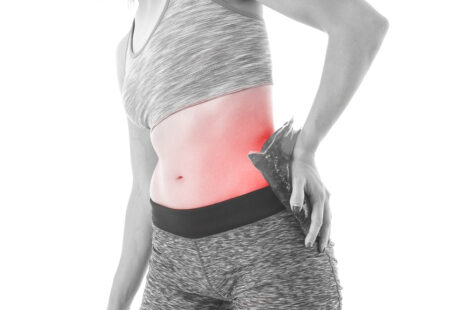Head trauma can occur in Brazilian Jiu-Jitsu (BJJ), particularly during sparring or competition, although it is generally less common compared to contact sports like boxing or American football. However, the risk of head trauma in BJJ should not be overlooked, especially considering the potential for accidental impacts, collisions, or falls during training or competition.
Here are some factors to consider regarding head trauma in BJJ…
- Impact from Throws or Takedowns – BJJ involves techniques such as throws, sweeps, and takedowns, which can sometimes result in accidental impacts to the head or neck if executed improperly or countered unexpectedly.
- Striking in Some Forms of BJJ – While traditional Brazilian Jiu-Jitsu primarily focuses on grappling and submission techniques without striking, some variations or schools of BJJ may incorporate striking elements or allow strikes during certain types of training or competition (e.g., BJJ with striking or Vale Tudo). In these cases, there is an increased risk of head trauma similar to that in other combat sports.
- Submission Techniques – Certain submission techniques, such as chokes or joint locks, may indirectly affect the head or neck if applied with excessive force or improper technique. While these techniques are intended to target the limbs or neck, accidental pressure or twisting of the head can occur, potentially leading to injury.
- Accidental Collisions or Falls – During live sparring or rolling sessions, accidental collisions or falls can occur, particularly if practitioners are training at a high intensity or attempting dynamic movements. These incidents can sometimes result in head trauma if the head strikes the mat or another object.
- Precautions and Injury Prevention – To reduce the risk of head trauma in BJJ, practitioners and instructors should emphasize proper technique, controlled sparring, and adherence to safety guidelines. Wearing appropriate protective gear, such as a well-fitted mouthguard, can also help reduce the risk of dental injuries and minimize the impact of accidental collisions.
While the risk of head trauma in Brazilian Jiu-Jitsu may be lower compared to some other combat sports, it is still important for practitioners to be aware of the potential risks and take appropriate precautions to ensure their safety during training and competition. Prompt recognition and management of head injuries, including concussion protocols, are essential for minimizing long-term consequences and promoting the well-being of practitioners.



